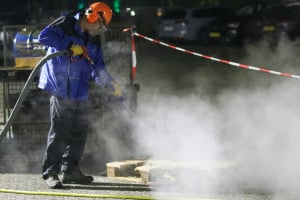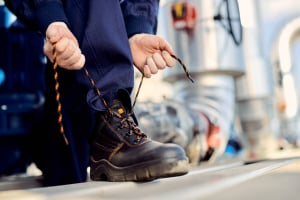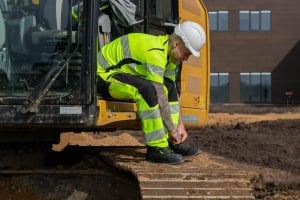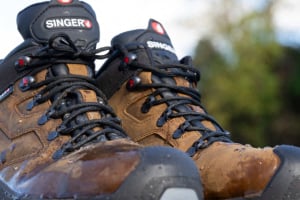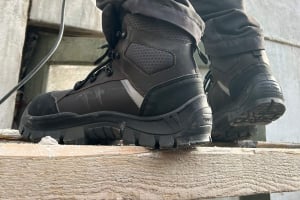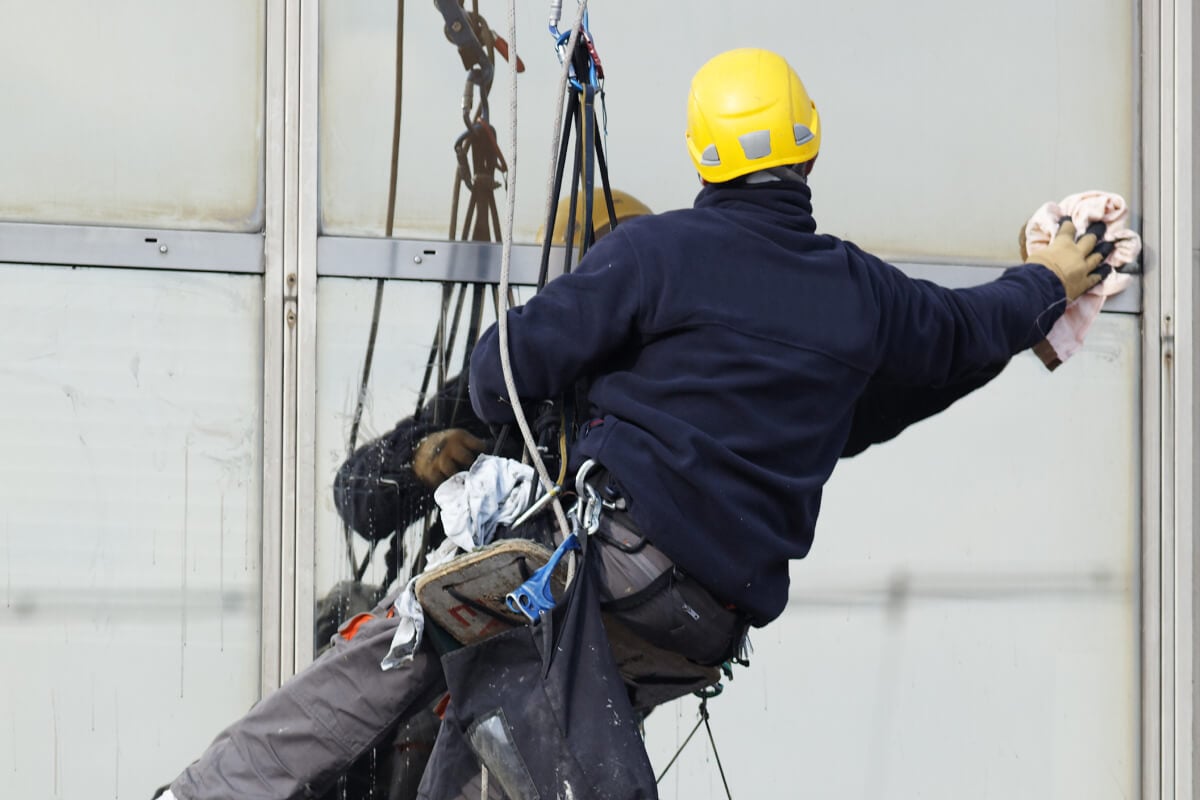
How to use a fall arrest harness safely?
In terms of safety at work, the use of a fall arrest harness is an essential element in preventing accidents when working at height. However, do you know how to use it correctly? This personal protective equipment (PPE) should not be taken lightly. Understanding how it works, its standards and the appropriate anchoring device is essential. That's why we're going to walk you through this process.
Summary
Understand the importance of using a fall arrest harness
The first step to using a fall arrest harness safely is to understand why it is necessary. Indeed, working at height is considered one of the most dangerous work situations. Falls represent a significant proportion of workplace accidents and can have serious or even fatal consequences.
Using a safety harness is therefore a means of protection effective against these accidents. Coupled with an anchoring system, it allows you to maintain height in the event of loss of balance or fall.
Standards and anchor points
When it comes to security, nothing is left to chance. Each element of the harness, the lanyard and the anchoring device must meet precise standards. This is why it is essential to choose certified equipment.
EN 361: This European standard applies to full fall arrest harnesses. It specifies performance and construction requirements, including requirements for anchor points.
Anchor points
The anchor points must be able to resist a force of 10 to 12 kN (kilonewtons), which corresponds to a fall of a 100 kg person from a height of 3 meters. Depending on the type of work carried out, the anchor point can be fixed or mobile, on the harness itself or on an independent support.
There are two main types of anchor points:
- Dorsal anchor points: They are located on the back of the harness and are used for fall arrest.
- Sternal anchor points: They are located on the chest of the harness and are used for positioning at work.
As for itself, the number of anchor points on a safety harness varies depending on its type and use.
- Standard fall arrest harness: They generally have a dorsal anchor point and a sternal anchor point.
- Work positioning harness: They often have a sternal anchor point and one or two lateral anchor points.
- Climbing harnesses: They usually have several anchor points, including a ventral anchor point for abseiling.
The choice of safety harness
The choice of harness is crucial to guarantee your safety. It must be adapted to your body type, the nature of your work and the environment in which you operate. There are different types of harnesses, ranging from positioning harnesses to rescue harnesses. The choice will therefore depend on the level of security required and the comfort desired.
The choice of a safety harness depends on several factors, including:
- The type of work to be carried out: It is important to choose a harness with the anchor points adapted to the intended use.
- The weight of the user: The harness must be capable of supporting the weight of the user in the event of a fall.
- Comfort of the harness: The harness must be comfortable to wear for long periods of time.
It is important to always follow the manufacturer's instructions when using a fall arrest harness.
How to properly adjust your harness?
Adjusting the harness is a key step in its use. An improperly fitted harness can become uncomfortable or even dangerous.
Start by putting the harness on the ground and undoing all the adjustments. Put it on like a vest, putting your arms through the straps. Make sure the back of the harness is positioned in the middle of your back.
Using the fall arrest harness
Once the harness is correctly adjusted, it is time to attach it to your anchorage system. The lanyard must be attached to your harness anchor point and the workplace anchor point.
Remember that the safety harness is protection against falls, but it is not enough on its own. It is important to complement its use with other safety measures: appropriate training, compliance with work procedures, use of other PPE if necessary.
In short, using a fall arrest harness safely is above all a question of knowledge and preparation. It is essential to understand how it works, know the standards in force and know how to adjust it correctly. If you respect these elements, you will be able to work at height in complete safety.
Safety harness training and inspection
Installation of a fall arrest harness requires specific knowledge. It is therefore crucial to undergo appropriate training before using this protective equipment. This training must cover theoretical aspects (understanding the different parts of the harness, knowing how to adjust it, knowing the standards in force), but also practical aspects. It is indeed essential to practice putting on your harness and the fall arrest system, and to use it in conditions close to those you will encounter in the workplace.
In addition to training, regular inspection of the harness and anchor points is essential to ensure user safety. This inspection must be carried out before each use and must make it possible to verify the absence of wear or deterioration of the harness and anchor points. The seams, buckles, carabiners, straps: all of these elements must be scrupulously inspected. If in doubt about the integrity of the equipment, do not hesitate to replace it.
Rules and behaviors to adopt when using a fall arrest harness
When using a fall arrest harness, it is important to adopt certain behaviors to guarantee your safety. First of all, you should always check your harness before using it. This helps ensure it is in good condition and fits properly.
Next, it is important to remain vigilant when working at height. In particular, you must be attentive to your environment, and in particular to the presence of obstacles or slippery surfaces which could cause a fall.
You should also avoid sudden movements or uncomfortable postures which could unbalance the user and cause a fall. Furthermore, you should never work alone: ??in the event of a fall, the presence of a colleague can allow you to quickly call for help.
Finally, it is important to regularly test your safety equipment. This ensures that it is functioning properly and detects possible problems before they become dangerous.
Conclusion
Using a fall arrest harness when working at height is an essential safety measure to prevent accidents. To use this equipment safely, it is essential to understand how it works and to comply with current standards. You must also choose a harness adapted to your body shape and the nature of your work, adjust it properly, follow adequate training and inspect your equipment daily. Finally, it is crucial to adopt prudent behaviors when using the harness. By respecting these principles, you will be able to work at height in complete safety.
Discover our other articles on safety harnesses
- Fall protection equipment: Everything you need to know about the safety harness
- What are the regulations for safety harnesses?
- Safety harness how to choose the right one to minimize the risk of falling
- How long is a safety-harness good for?
- When is wearing a safety harness obligatory?
- How long does a safety harness last?

